|
After 27 years at our previous home, Trish and I recently moved to a new property to the south. Although it takes 70 minutes to drive between the two homes, the new place is actually only 34 miles (55 km) south as the crow flies (I'm not sure how many people use the term "as the crow flies," but it means in a straight line). But there are significant changes in the natural habitat in those 34 miles. The new house is in a region called the Ozarks. One animal that is rare at the old house location but is common at the new property is the nine-banded armadillo. This creature fascinates me, so I was considering featuring it as an Awesome Animal. And then today we discovered that an armadillo family had established residence beneath our garden shed. Four young armadillos were wandering around the area feeding on worms, grubs, and other critters. Here's a photo my daughter-in-law took of two of the youngsters. They were about 10 inches (25 cm) long, not including the tail. That's about half the length of adults. What the heck is an Armadillo? Armadillo is a Spanish word meaning little armored one. This of course refers to the bony, protective plates that cover the creature's body. There are about 20 living species of armadillos, all of them native to the Americas. Only one species, the nine-banded armadillo, lives in the United States. The others are found in Central and South America. Amazing facts about Armadillos Armadillos are the only living mammals that have this type of bony armor. In a previous article I featured the pangolin, which is a mammal with large, protective scales, but those scales are attached to the skin and are not actually made of bone. With Armadillos, portions of the armor are bone-like, particularly over the shoulders and hips, as well as several bands that are connected by flexible skin. See the photo below of the skeleton of a nine-banded armadillo. Contrary to popular belief, most armadillos cannot roll into a ball and cover themselves with their shell (pangolins can do this). Only two species, both of them three-banded armadillos, are capable of curling their heads and feet up and contorting their shells into a tight ball that is almost impenetrable to predators. Nine-banded armadillo do not always have nine bands. In fact, they can have 7 to 11 bands. This species typically grows to about 12 pounds (5 kg). Nine-banded armadillos are rapidly moving north and east in the United States! It wasn't until the late 1800s that this creature crossed the Rio Grande from Mexico into the United States. And since then it has been steadily spreading across the continent. When I was growing up in Kansas, I never once saw an armadillo. Now I see them regularly, both in Kansas and in Missouri, and they have been sighted as far north as Nebraska and Iowa. It is tempting to assume that this progression is a result of climate change, but it is probably more due to the fact that there are no natural armadillo predators here, as well as the creatures' rapid reproductive rate (a female can produce up to 56 babies in her lifetime). Although this expansion seems to be a natural phenomenon, many people consider armadillos pests, mainly because nine-banded armadillos like to dig and can be destructive to gardens, and their burrows can destabilize houses and sheds. Historically, people have eaten armadillos, but usually they have been considered "last resort" food animals. During the Great Depression (in the U.S.), armadillos were called "poor man's pork" and "Hoover hog" (because many people blamed President Hoover for the Great Depression). Armadillos are diverse. The 20 or so different species live in diverse habitats, from rainforests, to grasslands, to deserts. The largest is the giant armadillo, an endangered South American species that grows to over 100 pounds (45 kg). See below. The smallest armadillo is perhaps the most bizarre... the pink fairy armadillo. This species is only 5 inches (12.7 cm) long and lives in the deserts of Argentina. This delightful creature is rarely seen and we know very little about its habits. To give you an idea of how elusive they are, Mariella Superina of Argentina’s National Scientific and Technical Research Council has been studying other armadillos in the pink fairy’s habitat for 13 years and has never once seen one in the wild! See photo below. But people occasionally come across these creatures. Check out this video of a pink fairy armadillo digging in the sand. Yet another species is the screaming hairy armadillo, which is native to the Monte Desert in South America. True to its name, this armadillo emits a loud squeal whenever it is threatened. It also has more hair than most of the other species. See photo below. One last fascinating fact. As a rule, the nine-banded armadillo almost always gives birth to four genetically identical quadruplets (which explains why there are exactly four babies living under our shed). In humans, identical twins or triplets make up only 0.2% of the population. In other words, they are quite rare. There are a few other animals that often have identical twins (ferrets, deer, and polar bears, for example), but only the nine-banded armadillo makes a habit of popping out identical quadruplets. So, armadillos deserve a place in the V.A.H.O.F. (Virtuosic Animal Hall of Fame). FUN FACT: The word virtuoso originated in the early 1600s, and it means a person who has special knowledge or skill in a field, particularly someone who excels in musical skill. The adjective version of the word is virtuosic. Not surprisingly, people have expanded the use of virtuosic to describe almost anything that is outstanding. So virtuosic is another way to say awesome! Photo Credits:
Nine-banded armadillo - Rich Anderson on Flickr Young nine-banded armadillo - Traci Smith-Reams Nine-banded armadillo skeleton - Ryan Somma via Wikipedia Three-banded armadillo in a ball - Smithsonian National Zoo Pink Fairy Armadillo in hands - Mariella Superina/Paul Vogt via Wired Screaming hairy armadillo - Smithsonian National Zoo Nine-banded armadillo quadruplets - QuantumBiologist
0 Comments
Leave a Reply. |
Stan's Cogitations
Everyone needs a creative outlet. That's why I write. Archives
July 2024
|

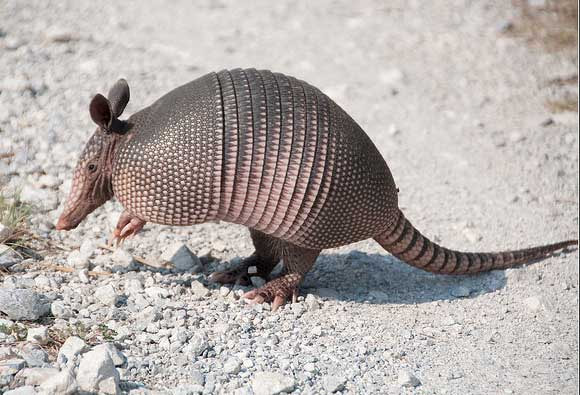


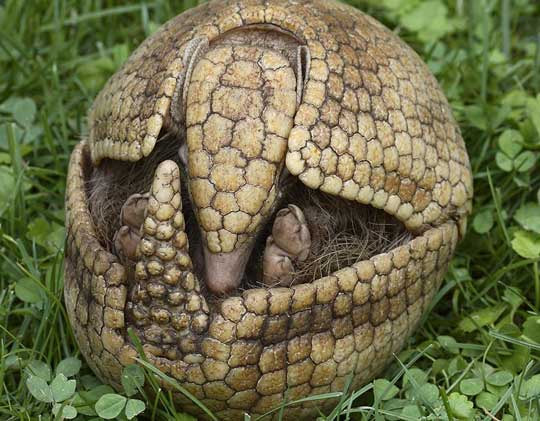
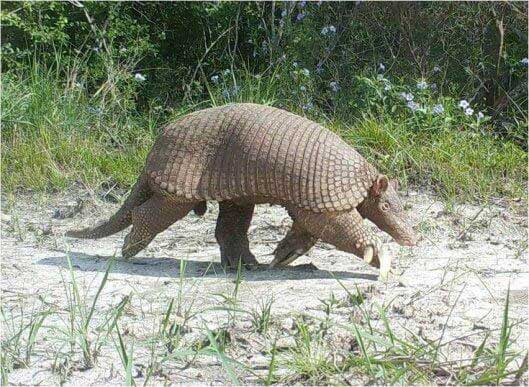

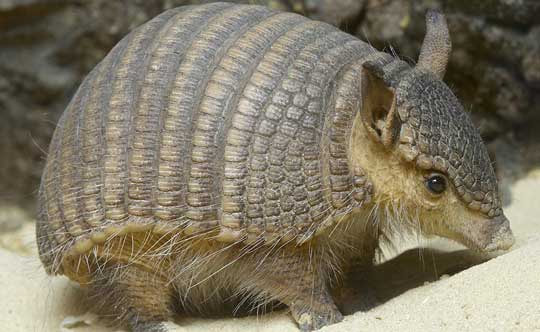
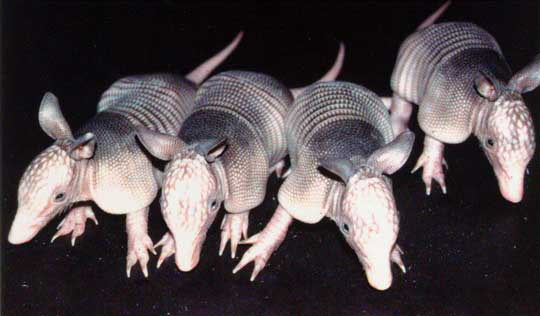
 RSS Feed
RSS Feed